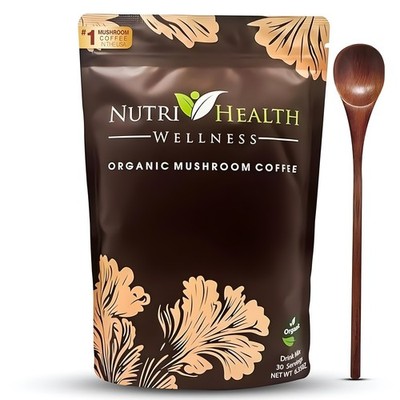Blog
How Does Organic Coffee Taste Better?
Millions of people around the globe take pleasure in drinking coffee as an integral component of a healthy lifestyle, yet finding an exceptional cup can be tricky business. Many discerning coffee drinkers know there are many factors at play when selecting their next brew; from sustainable practices and flavor profiles influenced by terroir to type of beans used; there’s much to keep an eye out for when searching for an ideal cup o’ joe; this is why many opt for organic whole bean coffee varieties.
Conventional coffee farming relies heavily on synthetic chemicals that leave their mark in your cup, but switching to organic can significantly lower exposure to harmful toxins. Laboratory studies have confirmed this fact: organic certified coffee contains significantly fewer pesticides and herbicides after roasting than its conventional counterparts do, meaning these harmful residues will leave less of an impression in your final brew.
As such, it’s wise to seek out organic coffee from certified organic farms when purchasing your next cup. Select single-origin organic coffee grown in specific regions for enhanced flavors and aromas. Furthermore, finding shade-grown and bird-friendly organic varieties ensures the farm ecosystem remains protected.
Taste should always be your number one consideration when purchasing coffee, with organically certified varieties offering more complex, nuanced flavors compared to their conventional counterparts, which tend to taste bitter or acidic. This difference becomes especially evident when drinking medium roast organic coffees where polyphenols and phenolic acids reach their highest levels.
Look for certified organic coffee produced from producers who adhere to Fair Trade and Rainforest Alliance standards, which help guarantee better lives for farmers while supporting sustainability initiatives. Avoid coffee that has been exposed to chemical spraying as even though it’s certified organic it could still contain heavy metals such as lead, arsenic, and cadmium from previous chemical applications or cross contamination during processing.



